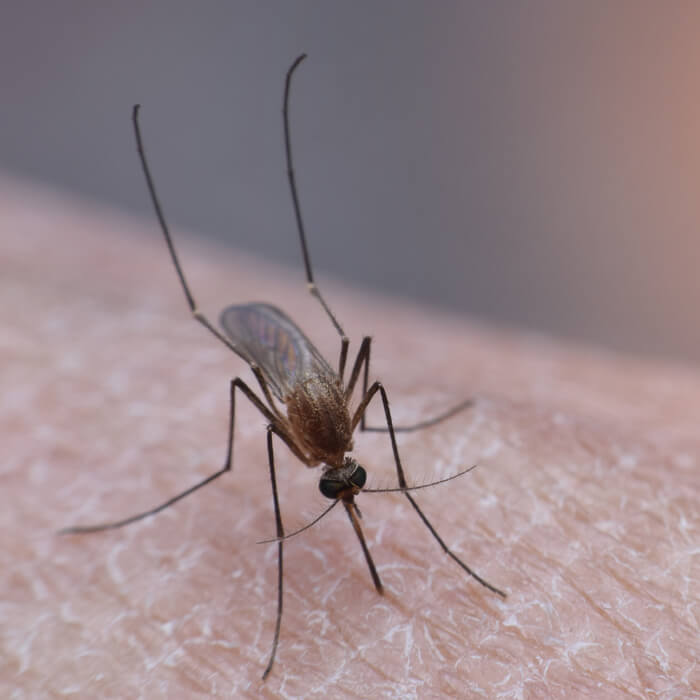
MOSQUITOES
MOSQUITOES BIOLOGY & LIFE CYCLE IN GENERAL
Mosquitoes are a family of small midge-like flies. In particular, the females of many species of mosquitoes are blood-eating pests and dangerous vector of diseases. Many species of mosquitoes are not blood eaters and of those that are, many create a "high to low pressure" in the blood. Adult females lay their eggs in stagnant water, near the water's edge or in aquatic plants. The life cycle of a mosquito begins when the females lay their eggs on or near water. Mosquitoes breeding grounds including old tires, clogged drainage, unfiltered fishponds, empty flowerpots, and any item that can hold water for more than a few days at a time. The immature stage begins when the eggs hatch into larvae. Most larvae have an air tube that penetrates the water surface allowing them to breathe. Adult mosquitoes are entirely terrestrial and are capable of flying long distances. Most mosquitos' species are actively searching for a blood meal in the evening hours from just before dark until 2 to 3 hours after dark.


 THERMAL FOGGING
THERMAL FOGGING WATER BASED FOGGING
WATER BASED FOGGING





